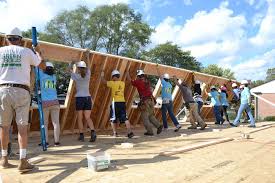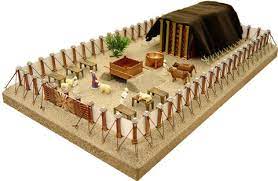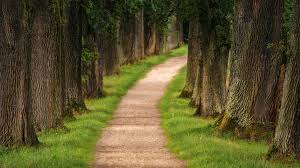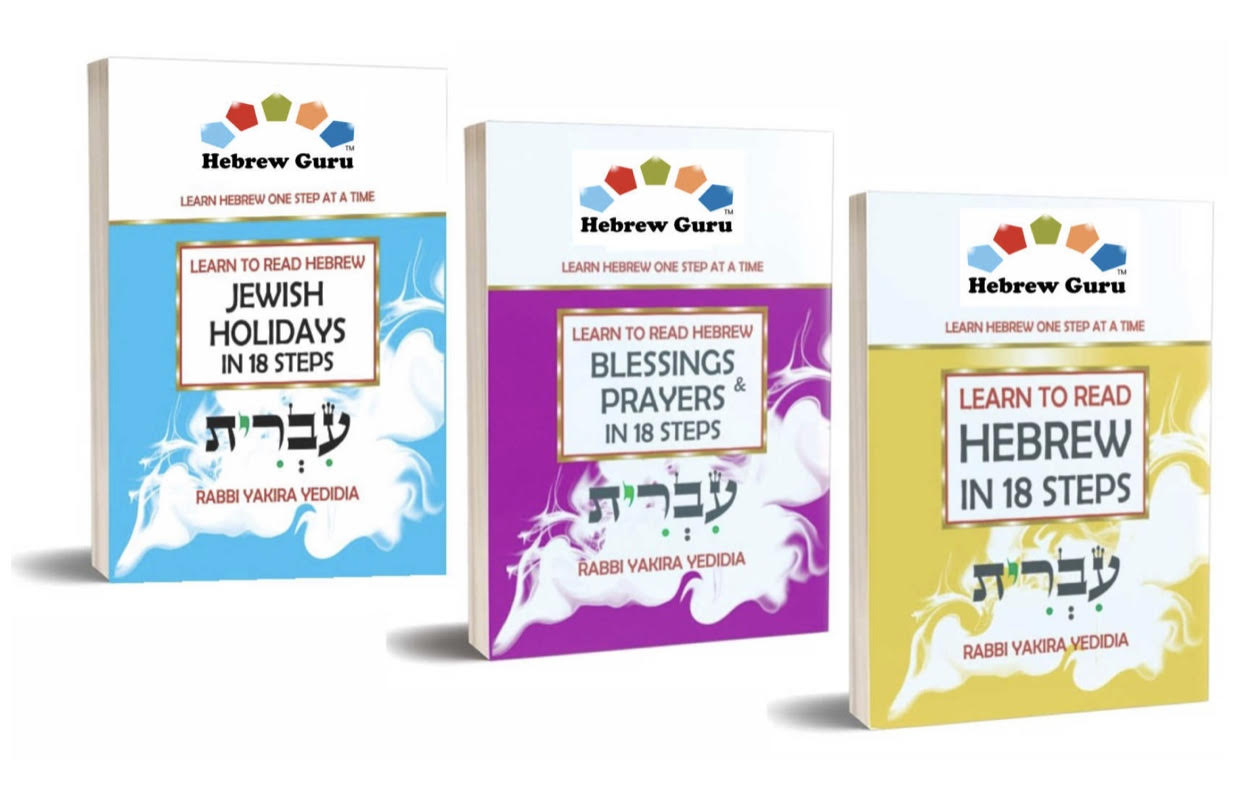Parashat Trumah

We build togetherThe last third of the book of exodus is taken up by describing the building of the Tabernacle. Why was this exhaustive description placed here? What fundamental lesson can we and society learn from the communal building of the Tabernacle
|
Did you know that...
There are a lot of comparisons between the Tabernacle that was a temporary, portable temple for God and the actual Temple that Solomon built in Jerusalem some 400 years later. However, most of those comparisons are not good ones and resulted in the eventual split of the Kingdom of Israel.
In Parashat Terumah, God asks the Israelites to donate a small amount of silver to help in the building of the Tabernacle, He also asks for volunteers to help build the Tabernacle, of which there were so many that some needed to be turned away. The people willingly, without coercion built the Tabernacle.
When Solomon wanted to build the Temple in Jerusalem, he conscripted laborers from all of Israel - thirty thousand men. These men spent 1 month in Lebanon performing forced labor and 2 months at home. He had tirty three hundred foreman who oversaw the laborers. The words that the bible uses to describe these events are the exact same terminology used in Exodus to describe the children of Israel slaving in Egypt under their task masters. Solomon, for all intents and purposes, Solomon has become an Israelite Pharoah.
The result was drastic; Rehoboam, Solomon's son who inherited the throne, refused to diminish the load and instead increased it. As a result Jeroboam was able to rebel and split the 10 northern tribes from Judea and Benjamin.
Parasha Summary

The people of Israel are called upon to contribute thirteen materials—gold, silver and copper; blue, purple and red-dyed wool, flax, goat hair, animal skins, wood, olive oil, spices and gems—out of which, God says to Moses, “They shall make for Me a Sanctuary, and I shall dwell amidst them.”
On the summit of Mount Sinai, Moses is given detailed instructions on how to construct this dwelling for God so that it could be readily dismantled, transported and reassembled as the people journeyed in the desert.
In the Sanctuary’s inner chamber, behind an artistically woven curtain, was the ark containing the tablets of the testimony engraved with the Ten Commandments. On the ark’s cover stood two winged cherubim hammered out of pure gold. In the outer chamber stood the seven-branched menorah, and the table upon which the “showbread” was arranged.
The Sanctuary’s three walls were fitted together from 48 upright wooden boards, each of which was overlaid with gold and held up by a pair of silver foundation sockets. The roof was formed of three layers of coverings: (a) tapestries of multicolored wool and linen; (b) a covering made of goat hair; (c) a covering of ram and tachash skins. Across the front of the Sanctuary was an embroidered screen held up by five posts.
Surrounding the Sanctuary and the copper-plated altar which fronted it was an enclosure of linen hangings, supported by 60 wooden posts with silver hooks and trimmings, and reinforced by copper stakes.
Second Opinion

HappinessThere is a Jewish custom to hang a sign in one’s home on which is written “When Adar comes in, increase in happiness†Mishenichnas Adar marbin b’simcha, ×ž×©× ×›× ×¡ ×דר מרבין בשמחה. What is happiness and how do we find it?
|
The Last Word

Build it accuratelyThe construction of the Tabernacle was precise and detailed process. So it is in our lives, building a personality through hard and consistent work so that we may be defined by the journey and not just the peaks in our life.
|
Torah Readers is developed and maintained by Maor Intelligent Solutions.
Torah Readers is a cloud based software that supports the definition and scheduling of any Torah Readings. Supporting both Triennial, Full and custom readings, Torah Readers enables synagogue members to easilly sign up to read a portion. With full interactive Tikkun and recordings available, Torah readers enables readers to learn to chant their portion correctly. Torah Readers is an affordable subscription service that is adopted by many synagogues to help manage all aspects of the service and the Torah Reading experience.
We specialize in web application design nd development providing one-stop, full service solution consulting and development for your data driven and intelligent web application and systems integration needs. Solving your business pains and streamlining your business processes.
For more information please contact us at Torah Readers Admin



